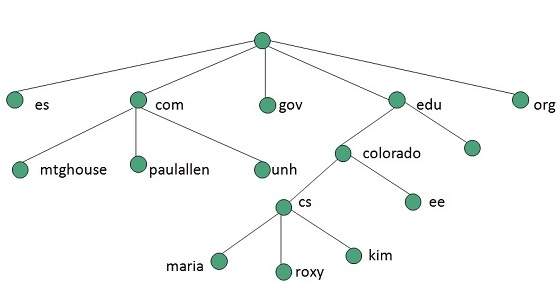The coffee printer is envisioned as being as environmentally friendly as possible. Consequently, the current design appears to use little electricity, though presumably it would have to use some, at the very least for the LED indicator lights on the outside of the device and to push the paper through the printer. Printers also require heat to bond the image to the paper. But the coffee printer could use a standard USB connection to siphon off energy from the computer and, of course, to transmit printing instructions from the computer to the printer. However, most inkjet printers (and this design appears to resemble one) require a standard power cable.
Perhaps the most exciting aspect of this printer design is that it uses a basic household product that traditionally goes to waste. Load in some coffee grounds and water, and you have homemade ink. And besides coffee grounds, the printer can use tea dregs. The grounds or dregs and water are loaded into a reusable "ink case" rather than a wasteful ink cartridge.
So, how do you turn coffee or tea dregs and water into print on a page? This alluring idea is still in the concept stage, so there aren't any patents for us to peruse. But, the general idea can be seen in the instructions from the original sketches, which basically call for moving the ink case back and forth, thereby dripping coffee- or tea-colored water onto the paper and forming text or images.
Some users may appreciate this little bit of manual labor, as it means they will be more involved in the printing process, turning it into something like a craft. After you're done, you can still find a sustainable manner in which to dispose of your coffee grounds -- many people compost them -- but before that, you can, quite literally, squeeze out
every last drop of useful material.
Some ink cartridges are quite expensive (particularly for high-volume color or photo printing), so the coffee printer, by using materials that you'd normally throw away, may be a cheaper alternative. Plus there are no trips to the office-supply store, no trying to find the correct kind of cartridge, and no worrying about recycling old cartridges. Instead of misleading warning messages on your computer -- which may pop up long before your ink is actually going to run out -- you can clearly see when your ink supply is low.









0 comments:
Post a Comment